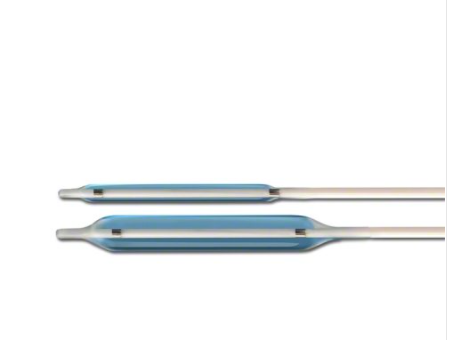Device-Type
PTA Ballons
Targated Speciality
Interventional radiology
Manufacturer
B. Braun Interventional Systems
Used in Procedure
Any Procedure
This low profile, high pressure, 0.018” guidewire compatible balloon catheter is designed to be inserted through a 4 French introducer sheath for dilatations of small vessels.
Features and Benefits
Safety informations
Potential adverse events
Device Documents
Questions & Answers
×
